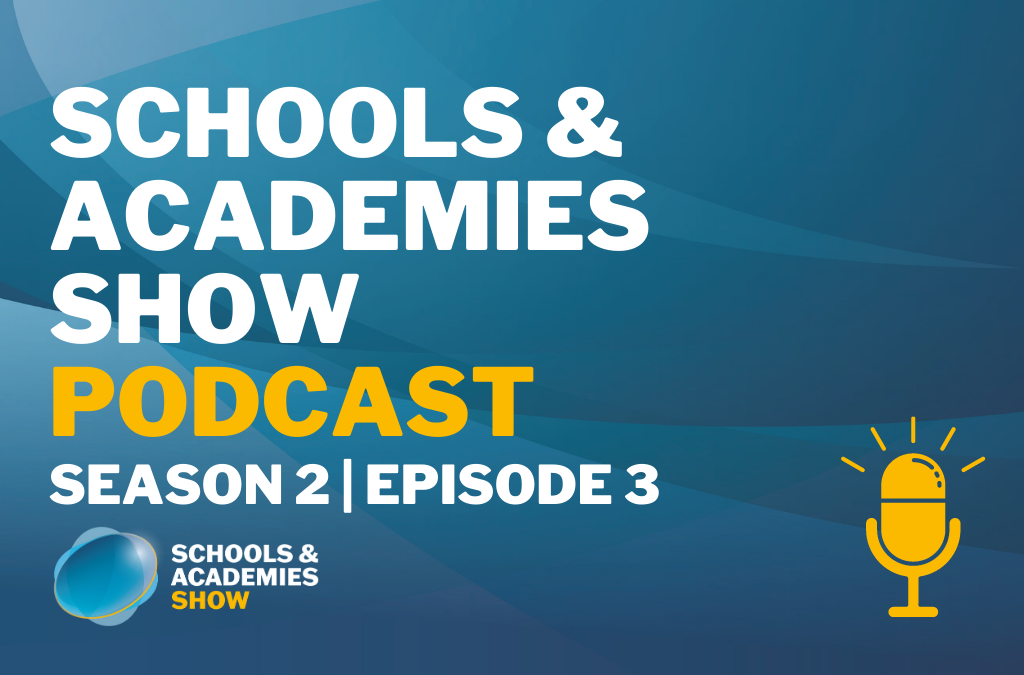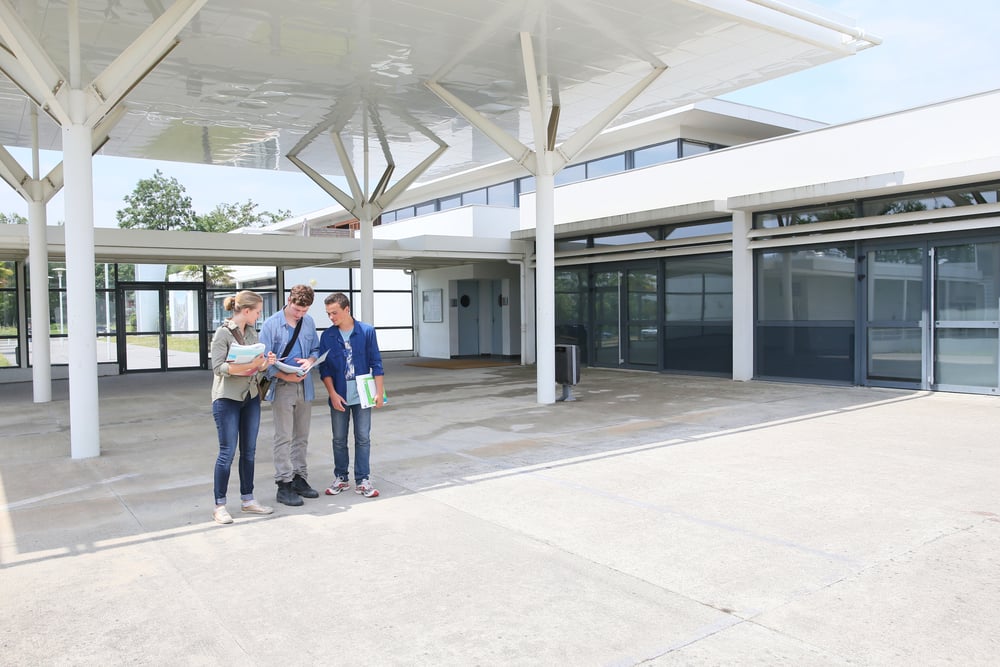How To Develop a Robust School Improvement Plan (SIP)
While not a mandatory requirement, it’s good practice for schools to develop a strong School Improvement Plan (SIP), usually mapped out over three-to-five years.

In this blog post, we’ll outline what a SIP is, how to use Ofsted’s four main inspection categories to your advantage and how to set attainable and effective goals.
- What Is a SIP?
- What Should You Focus On?
- Developing a Strong SIP Using Ofsted Categories
- Setting Clear, SMART Goals
What is a School Improvement Plan (SIP)?
A School Improvement Plan (SIP), otherwise known as a School Development Plan (SDP), is a document used by senior leadership teams to plan the development of a school over a set number of years.
It outlines a school’s established values and areas to target for improvement and what resources will be required to achieve the plan’s ambitions. Most SIPs span over three years, but some schools have one-year or five-year plans.
Although a plan will have larger, long-term goals, it can also effectively impose short, impactful deadlines to track progress and ensure consistent work towards the larger goals across the academic year.
What Should You Focus On?
To ensure your SIP is effective, you should ensure it acts as a roadmap for how your school operates over the coming years. All smaller goals should point to the larger goals you’ve set so all departments move in the same direction.
You should know your school’s current performance, attainment levels and gaps, and previous results to get started. You can also conduct student and parent surveys to outline areas for improvement from a different perspective.
Developing a Strong SIP Using Ofsted Categories
A useful way to ensure your school meets modern standards is to base the structure of your SIP on Ofsted’s four inspection categories:
- Quality of education
- Behaviour and attitudes
- Personal development
- Leadership and management
Targeting these key areas will mean you directly address the Ofsted criteria while improving your school in the process.
Quality of Education
When attempting to facilitate high-quality education from your SIP, it’s important to focus on your students’ academic performance and the teaching quality at your school.
One way to target areas for improvement is to compare your students’ performance against national standards. You can also evaluate the teaching methods used throughout your school and analyse whether they are effective for delivering positive results.
Behaviour and Attitudes
To ensure students’ behaviour is in line with expected standards, you should implement clear rules and expectations that are enforced consistently across the school.
As well as creating expectations for student behaviour, encouraging positive reinforcement can foster an environment where positive behaviour is encouraged and rewarded.
You should be mindful of ensuring certain behaviours aren’t tolerated at school and implementing systems encouraging pro-social behaviour amongst students.
Personal Development
Targeting an improvement in personal development opportunities will lead to students feeling more supported in their personal growth.
They should receive opportunities to develop new skills or hone existing ones. These skills could be within their curriculum or extracurricular activities such as clubs or sports teams.
Assessing each student’s strengths and weaknesses can help you to tailor their educational experience and give them a higher chance of reaching their potential.
Leadership and Management
You should include leadership and management in any SIPs as they ensure staff have the necessary tools and support to deliver results confidently.
Once your school has identified its key areas for improvement, leadership needs to provide the resources to achieve targets. Whether it’s staff training or additional equipment, it’s leadership’s responsibility to ensure their staff have the platform to succeed and get the desired results from students.
Regular communication throughout the school — whether between staff members or staff and students — can help to build strong relationships and support networks when trying to deliver these results.
Setting Clear, SMART Goals
Using SMART goals for your SIP will ensure your school’s plan is clear and achievable. If your goals follow the SMART rules, they’ll likely be more specific and lead to greater success.
S — Specific
Your goals need to be specific to areas you want to improve and not leave room for interpretation.
For example, ‘we want a 70% or higher pass rate on the next science exam,’ is more specific than ‘we want better science results.’
By being specific, you can measure your success and create a clear plan to achieve your goals.
M — Measurable
Measuring your goals is essential. When you base the success of your work on quantitative results, it becomes easier to understand whether you’ve reached your goal.
A — Attainable
You also need to ensure you can attain your goals. Students and staff still need to be challenged, but unrealistic goals can demoralise them.
Striking the right balance is vital. It may take more planning to get this step right, but it’s worth it in the long run.
R — Relevant
An obvious but important step is setting relevant goals. You must ensure the goals you’re setting are relevant to each department, staff member or student.
For example, challenging students to achieve 80% or higher on their maths test isn’t worthwhile if they consistently score 85%.
Dynamic goals across the school ensure staff members and students remain challenged to pull in the right direction.
T — Time-Based
If you don’t set deadlines for your students or staff, they might feel less motivated to work towards achieving the goals you’ve outlined.
A time-based approach to goal-setting encourages higher levels of planning within departments and challenges staff and students to hit goals within a specific time frame.
However, it’s also vital for your deadlines to be realistic. Setting a deadline for goals that don’t give those responsible enough time can be demoralising.
We hope that this blog has given you some useful ideas around either understanding what a school improvement plan is but also what you should focus on when designing your own School Improvement Plan.
If you'd like to learn more then come and be a part of the largest gathering of school leaders!
The Schools & Academies Show stands as the education community’s largest one-stop shop, offering everything you need to strengthen your strategic business and school improvement plans for a lasting impact. Please do join us in London on the 1st May. You can find out more information here: https://www.schoolsandacademiesshow.co.uk/ or register by clicking on the banner below.




.png)